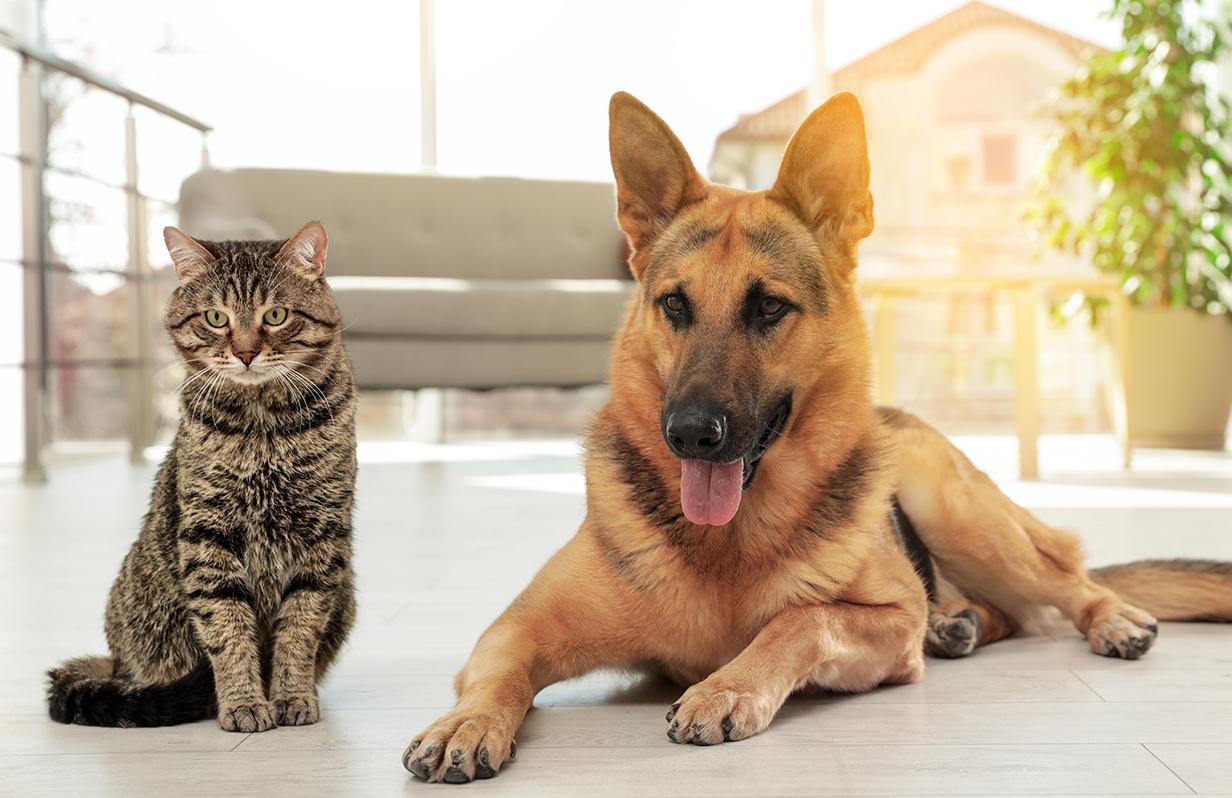
A Guide to Properly Introducing a New Pet to your Cat or Dog
Introducing a new pet to your furry family can be quite the adventure, but it doesn't have to be a stressful one. With the right preparation and a patient approach, cats and dogs can learn to co-exist harmoniously.
First, do some research. Certain dog breeds, like Terriers, and Greyhounds, may have a higher prey drive, making it trickier for them to get along with cats. Consider your current pet's temperament and how they might handle this new addition. Seeking advice from your veterinarian, who knows your pet well, can provide valuable insights on introducing a new dog or cat.
- Prepare Their Rooms: Create separate, cozy areas for your cat and dog with all their essentials. Food, water bowls, litter, and toys should be readily available. Make sure the rooms are safe and free of potential hazards.
- Be Patient: Building a strong foundation takes time. Every pet is unique, and the introduction process might not follow a straight line. Be prepared to repeat steps and allow them to adjust at their own pace. If you have a new puppy, invest time in training them to understand commands like "leave it" and "stay."
- Keep Them Separate: Initially, keep your pets in separate rooms. This allows them to acclimate to their new surroundings and become familiar with each other's scents. Maintain this separation for about 3 to 4 days, gradually allowing them to explore other areas of the house while alone.
- Their Love for Food: Use mealtimes as an opportunity for your pets to become acquainted without direct contact. Let them eat on opposite sides of a door, allowing them to smell and hear each other while associating positive emotions with the other pet's presence.
- First Meetings: When it's time for the first face-to-face interaction, do it in a controlled environment. Allow your cat and dog to see each other through a cracked door during mealtime. This positive association sets the stage for a potential friendship. Later, on a leash, walk the dog toward the cat, ensuring you can maintain control and give the cat an escape route if needed.
- Short Sessions: Limit initial interactions to around five minutes to avoid overwhelming your pets. Repeat these sessions daily, gradually extending the duration. Reward your dog's good behavior around the cat with treats, creating positive associations.
- Gradual Freedom: When your dog shows minimal interest in the cat and respects their space, remove the leash and let them freely explore the room together. Keep the leash nearby for quick intervention if needed. Return to leashed interactions if either pet becomes stressed.
Don't feel hesitant at any point to seek professional help if you are unsure or struggling with pet introductions. Early intervention from an animal behaviorist is vital when there could be unresolved behavioral problems. Slow and patient introductions prevent sour relationships. If one pet is stressed, separate them. Time and patience build a healthy bond.
- 119
